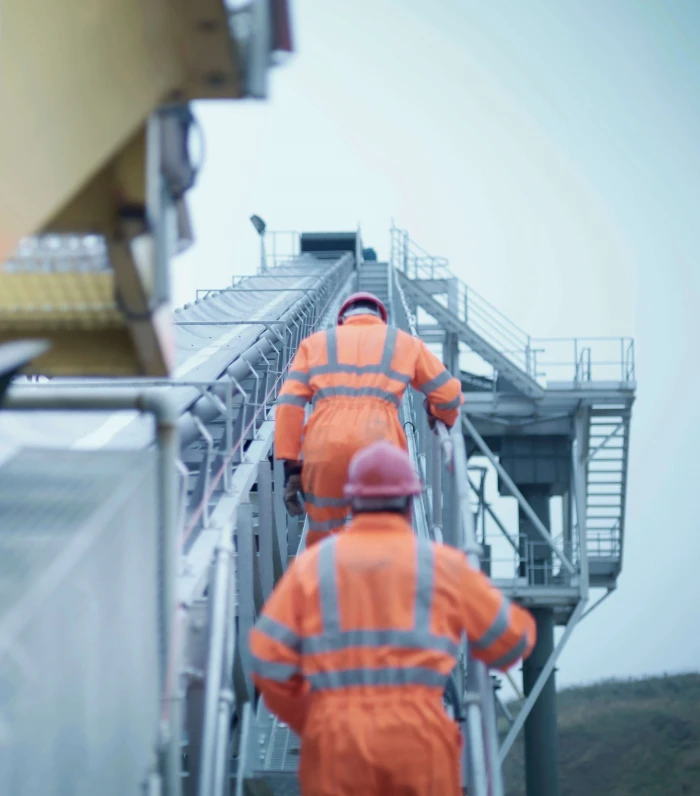Turning words into action
Together, we can raise our voices and exert our influence. To put our words into action, we need to ensure the elimination of sexual harassment in the workplace is firmly on the agenda and remains in sharp focus for our boards and executive teams.
On this page, you’ll find advice from CEW members on the actions they have taken or been part of to track and eliminate the risks of sexual harassment in their organisations, as well as a useful template for a report to your board on initiatives and recommendations.
Section 2:
Take action Taking action
Taking action Taking action
Taking action Taking action
Taking action Taking action
Taking action
SCROLL TO SECTION:
Turning words into action
Together, we can raise our voices and exert our influence. To put our words into action, we need to ensure the elimination of sexual harassment in the workplace is firmly on the agenda and remains in sharp focus for our boards and executive teams.
On this page, you’ll find advice from CEW members on the actions they have taken or been part of to track and eliminate the risks of sexual harassment in their organisations, as well as a useful template for a report to your board on initiatives and recommendations.

"Respect is everyone’s business. As leaders we need to use our power and influence to make it better for our people, both today and future generations."
CEW member
Advice from CEW members
Many members of have been part of boards and leadership teams that have worked to eliminate and minimise the risk of sexual harassment in workplaces, including high-risk settings and industries such as financial services and mining.
Here, they share their insights and experiences.

Building an inclusive, safe culture
“Good intention is not enough. Be prepared to listen in – no matter how uncomfortable the message, and then be prepared to hold yourself to account in taking action.”

Seven domains to drive change
“A respectful culture is inclusive and embraces diversity – and means safer workplaces.”

Get the story behind the numbers
“While I haven’t experienced major pushback when I’ve raised sexual harassment with the board, I have faced a lack of urgency. You need to keep pushing.”


"Diversity in management and boards is the fastest way to drive change on the equality front. In my experience having a diversity of voices on your board quickly changes the conversation and how issues are raised, scrutinised and discussed."
CEW member; non-executive director

Building an inclusive, safe culture
“Good intention is not enough. Be prepared to listen in – no matter how uncomfortable the message, and then be prepared to hold yourself to account in taking action.”

Seven domains to drive change
“A respectful culture is inclusive and embraces diversity – and means safer workplaces.”

Get the story behind the numbers
“While I haven’t experienced major pushback when I’ve raised sexual harassment with the board, I have faced a lack of urgency. You need to keep pushing.”

Five ways to drive momentum
“In mining we address and prevent physical safety risks incredibly well, but when it comes to sexual harassment it’s as though we’ve been asleep at the wheel.”

Creating a team of upstanders
“You can have all the right policies and systems in place, but they won’t take flight unless you focus on changing the experiences of your people for the better.”
Board templates
We have developed an easy-to-adapt board paper template on initiatives to prevent and address sexual harassment, and recommendations for endorsement.

Board paper templates
We have developed some easy-to-adapt templates, such as a board paper on initiatives to prevent and address sexual harassment, and recommendations for endorsement. There are also examples for use in charters, risk registers and communications.

"When action is taken on transgressions raised, it sends a clear message that it is safe to speak up. This powerfully impacts culture."
CEW member; non-executive director
MORE SECTIONS IN THE RESPECT TOOLKIT:

